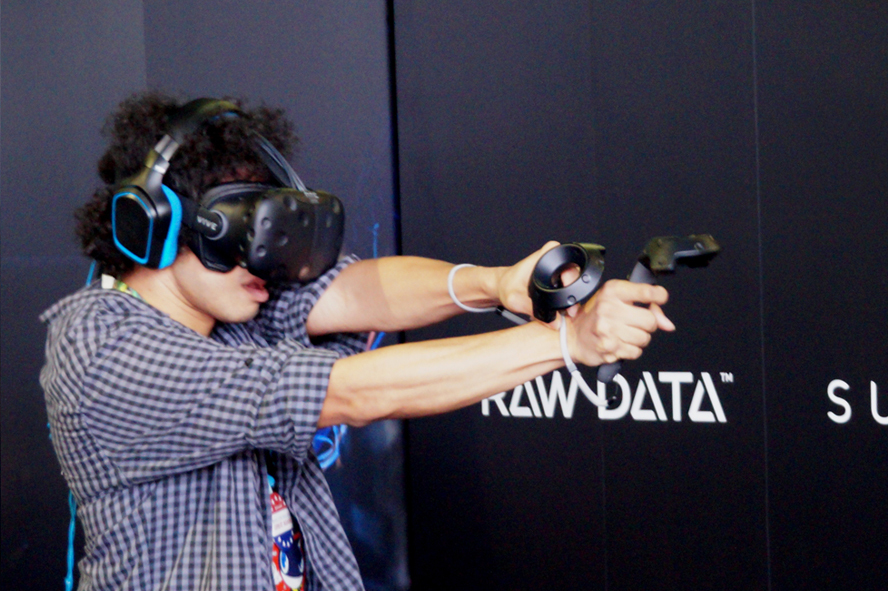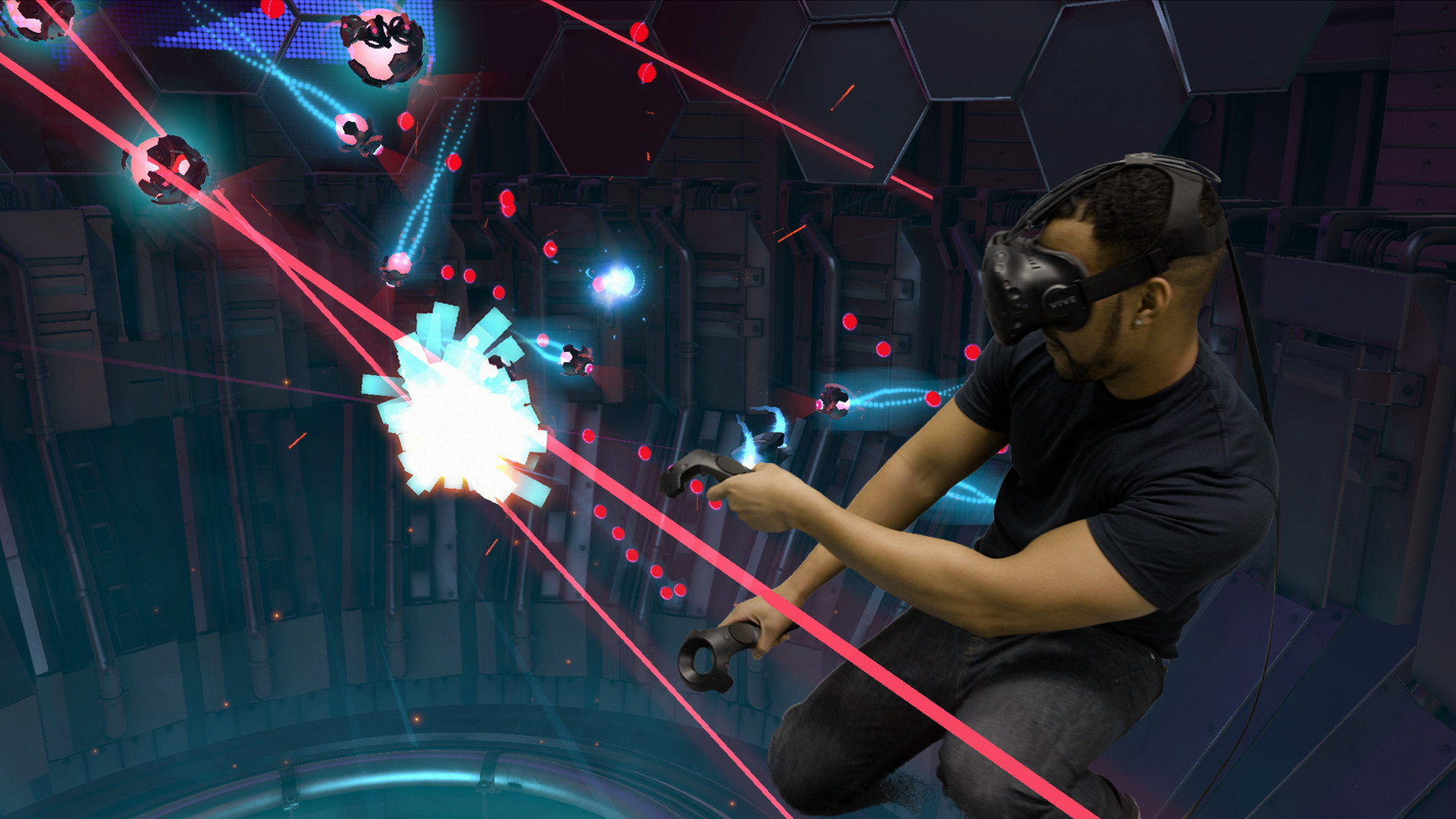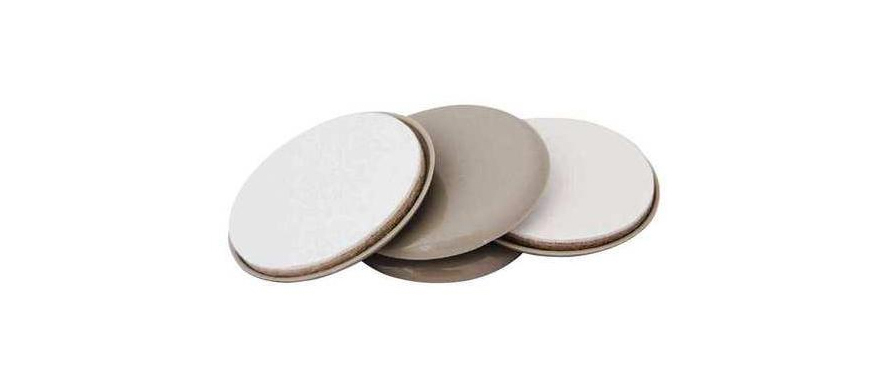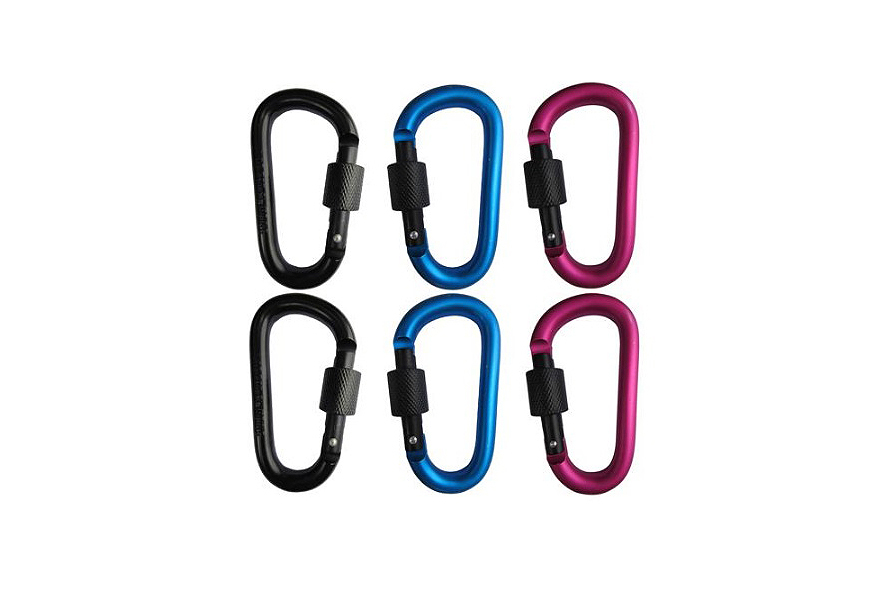5 tips to make the most of room-scale VR

Room-scale VR games, such as most of those offered by the HTC Vive, engross in ways traditional games do not. But walking around a virtual beach and exploring a virtual cave in room-scale VR takes more space, setup, and energy than traditional PC or console gaming or a sitting VR experience.
With this list we'll cover some of the basics of improving your room-scale VR gaming. With our help you can stay cool, avoid breaking stuff, and just make everything easier so you can truly get the most out of the wonders of VR.
1. Cool the room

Room-scale VR spaces without central air or air conditioning can get really hot, really fast — especially in warm climates such as Southern California or South Florida.
Thankfully, portable and window air conditioners can be added to just about any room. But if air conditioning isn't an option, air circulator fans make a decent alternative.
Either way, we recommend some form of cooling in a room-scale VR space, because blasting space pirates and exploring deserted beaches — especially with a powerful gaming PC in the room — works up a sweat.
2. Create a buffer zone

Breaking expensive things — such as TVs, collectibles, and lamps — is no fun at all.
To avoid potential real-world damage when gaming with the Vive, HTC created the chaperone, which shows an in-game grid of the play space when approaching the virtual boundary.
However, it's possible — we've done it — to get lost in the moment and accidentally breach the boundaries of the yellow, cross-hatched virtual lines, which is why we recommend leaving around one foot of space between the edge of the virtual space and expensive, breakable real-world objects.
3. Use sliders or gliders to make moving furniture easier

Coffee tables, side tables, and footrests are living-room staples. However, living room furniture can get in the way of a room-scale VR setup, which is why we recommend using felt furniture sliders for hard floors and plastic furniture gliders for carpeted floors.
The sliders and gliders make moving heavy easy, and prevent unwanted floor scratches and carpet tears.
4. Attach a carabiner clip to wrangle your cables

Tripping over cables during a room-scale VR session is a common experience. To avoid tangles, we recommend using a carabiner clip, which a metal enclosure with a spring-loaded opening.
Climbers, cavers, and sailors use carabiners to manage ropes while they adventure in the real world. But the small, metal connectors work great for managing VR headset cable while adventuring in the virtual world, too.
Use a carabiner to clip the headset's cable to a side or rear belt loop on pants or shorts, which will make for a less tangled VR experience.
5. Listen with good headphones

If VR were G.I. Joe, then listening would be half the battle.
Home theater surround systems sound great with non-VR games, but the fixed-in-place speakers can't keep up with the player's real-world movement in room-scale VR.
On the other hand, headphones can, which is why we recommend a good set of cans for your VR enjoyment. Additionally, headphones block out — at least to some degree — external noise, which adds to VR's immersion.
However, not all headphones were created equally. For example, many gaming headsets — such as the Corsair VOID, Logitech G633 Artemis Spectrum, and SteelSeries Siberia 800 — use Dolby Headphone to playback virtual 7.1-channel surround audio through stereo headphones, which would be handy for VR games that don't output directional audio.
On the other hand, most audiophile headphones output stereo rather than virtual surround. However, Razer Surround, which is free — there's also a paid version with more features —adds virtual surround to any stereo headset. Additionally, soundcards such as the Creative Sound Blaster Z, the ASUS Xonar DX 7.1, and the HT Omega CLARO II also playback virtual surround through stereo headphones.
Whether virtual surround or stereo, a good set of headphones will immerse in ways speakers just can't.
